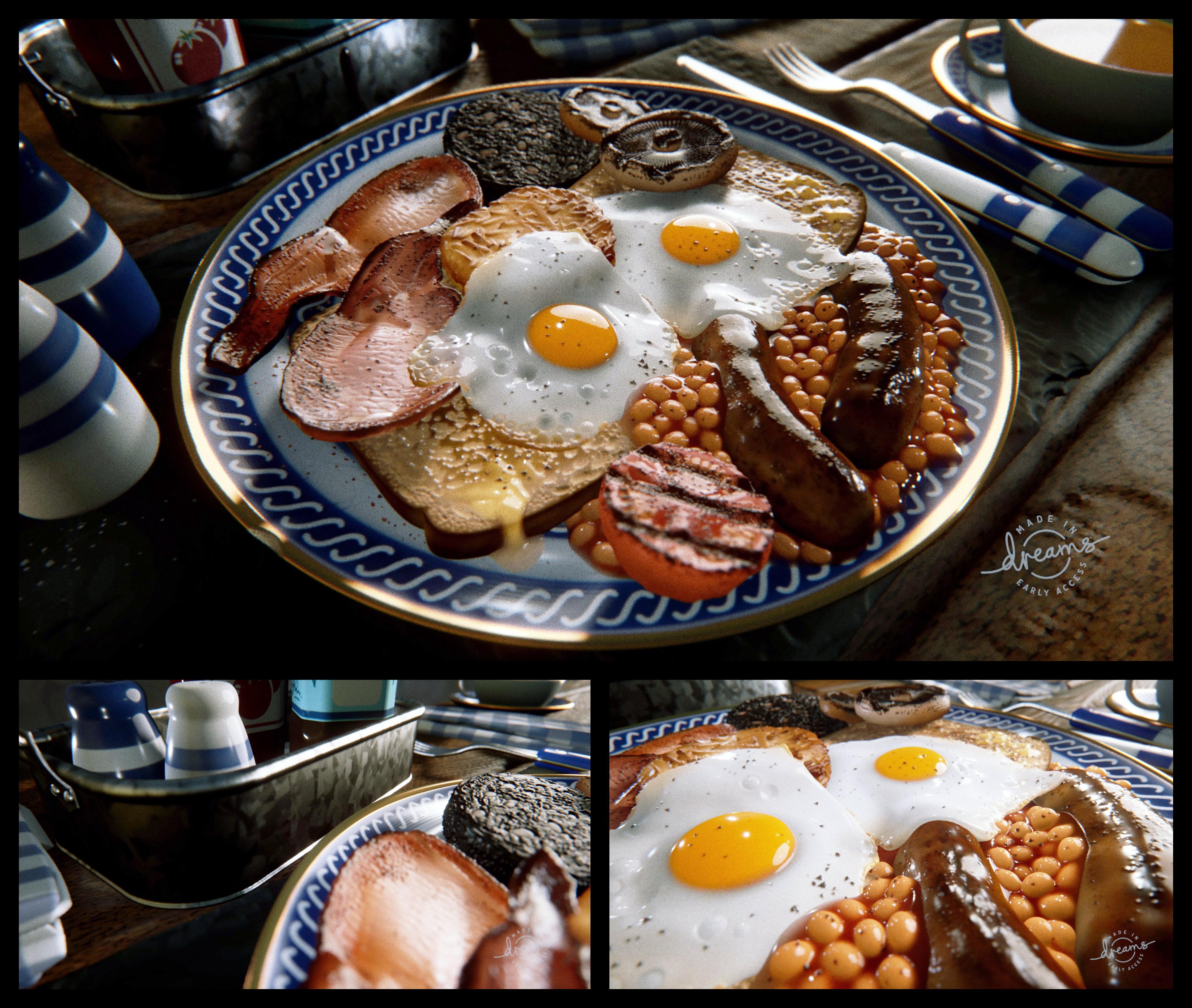Personally, it wasn't until I saw people messing around with the recent UE5 early access release that I started to really understand how impressive and game changing it was. While the previous reveal and announcement looked nice, it was still just a demo along a pre-scripted corridor as we've seen multiple times from Epic WRT UE.
However, seeing how quickly various people have come up with their own demo's in UE5 and seeing it in immediate action with free roaming cameras really shows just how potentially game changing this is.
That world geometry might finally have the fidelity to not look like it's made of triangles. More importantly an artist's need to attempt to use the largest and fewest triangles possible for geometry in order to free up enough resources for high poly character models and other important assets may not be something that is needed with Nanite.
What, you mean there may come a time soon-ish where I won't turn my camera in a game and come face to face with a low poly asset or area in the geometry which an artist had to use in order to free up resources for other more visible area's of the scene? Oh my goodness that would be fantastic.
While the lighting may not be as accurate as RT in as many situations (or in all cases), the way it interacts with all that fine geometry detail is so far ahead of what I've seen with RT til now. Don't get me wrong, current RT implementations are great to get the ball rolling, but it's still not "there" yet. Lumen obviously isn't "there" yet either, but the fine detail of the world geometry gets rid of some of the glaring inconsistencies with RT that's seen in conventional games til now. For example, shadows of those low poly world assets (that are used to allow for higher poly assets elsewhere in the scene) leading to unnatural looking shadows.
This has certainly gotten me at least as excited, or more so, than RT. We're finally starting to see some of things that I was hoping tesselation hardware would bring, but never materialized due to the cost overhead and complexity of using hardware tesselation for many things. I still remember discussing that with people on the forum that are no longer here, like Laa_Yosh and how he'd patiently try to explain why hardware tesselation was so difficult to use in 3D rendering.
Regards,
SB


